Also available in:
Ελληνικά
Deutsch
Italiano
The beautiful Pylos is a small town on the west coast of the prefecture of Messinia and is built in the bay of Navarino (or Bay of Pylos), opposite the islet of Sfakteria.
Access to Pylos
Pylos is 275 km from Athens via the national road that connects Athens with Tripoli, Megalopolis and reaches up to a few kilometers before the capital of the prefecture, Kalamata. At the height of the city’s airport you will turn right passing by Messini (it is worth a visit to ancient Messini if you have time) and following the road Pylos-Kalamata you will reach the picturesque town of about 2500 inhabitants (2100 in the 2001 census)
Pylos is 210 km from Patras and you can reach it from the national road Patras-Pyrgos, Pyrgos-Kyparissia and Kyparissia-Pylos. Finally, from Kalamata, Pylos is 53 km away via the Pylos-Kalamata road which passes through Messini.
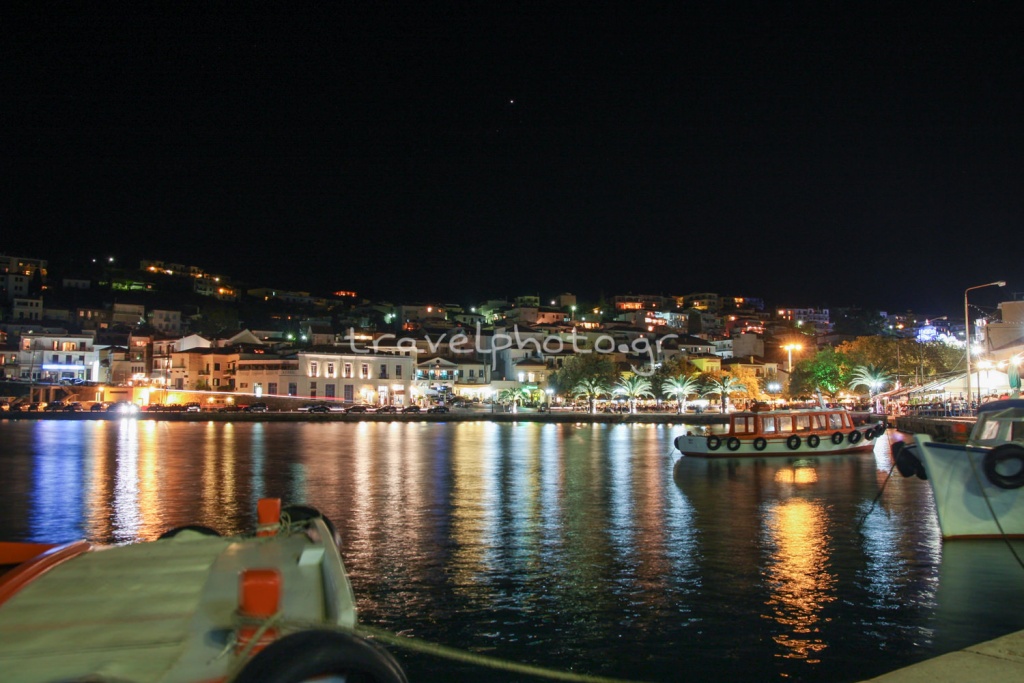
In the picturesque Pylos, on the western coast of Messinia
Historical events in Pylos
King of Pylos in Homeric times was Nestor or Nestor, the wisest of the leaders of the Trojan War. Below the Paleokastro of Pylos, where according to Homer the ancient city of Pylos was always located, and descending the slope to reach the Voidokilia beach, you will find a vaulted cave called the cave of Nestor.
The Palace of Nestor
It is the best preserved Mycenaean palace, but it is not accessible to the public since December 2012 as important works are being carried out for the promotion and protection of this unique monument. It is located on the hill of Epano Egglianos 17 km north of Pylos.
Nestor’s kingdom was the most powerful in the Peloponnese during the Mycenaean period, after that of Agamemnon in Mycenae. The burning of the castle in the 13th or 12th century BC put an end to the power of the city. Paleokastro was abandoned and its place was taken centuries later by Neokastro which was built by the Turks in the 16th century AD.
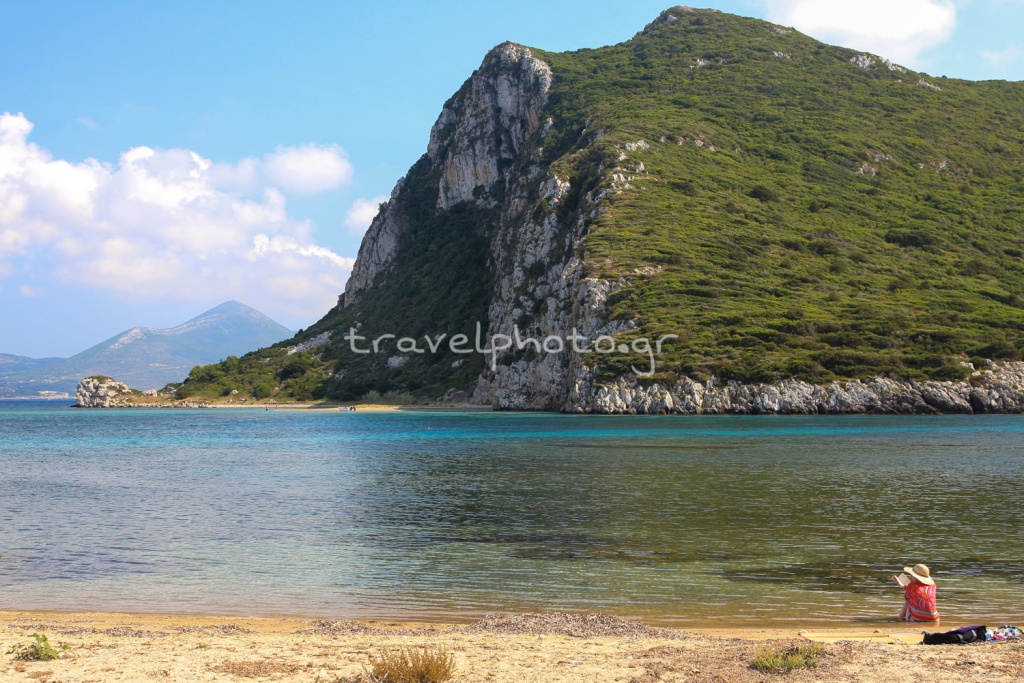
Neokastro was besieged by the Greeks in March 1825, resulting in its surrender by the Turks on 5 August of the same year. In 1825, however, the landing of the Egyptian ally of the Turks, Ibrahim, again took Pylos from the Greeks after the decisive battle of Sfaktiria, thus beginning his disastrous advance across most of the Peloponnese.
The Battle of Navarino
One of the most decisive historical events that took place in Pylos was the historic naval battle of Navarino, the bay of which was used by Ibrahim to organize his campaigns in the rest of the Peloponnese and in Messolonghi.
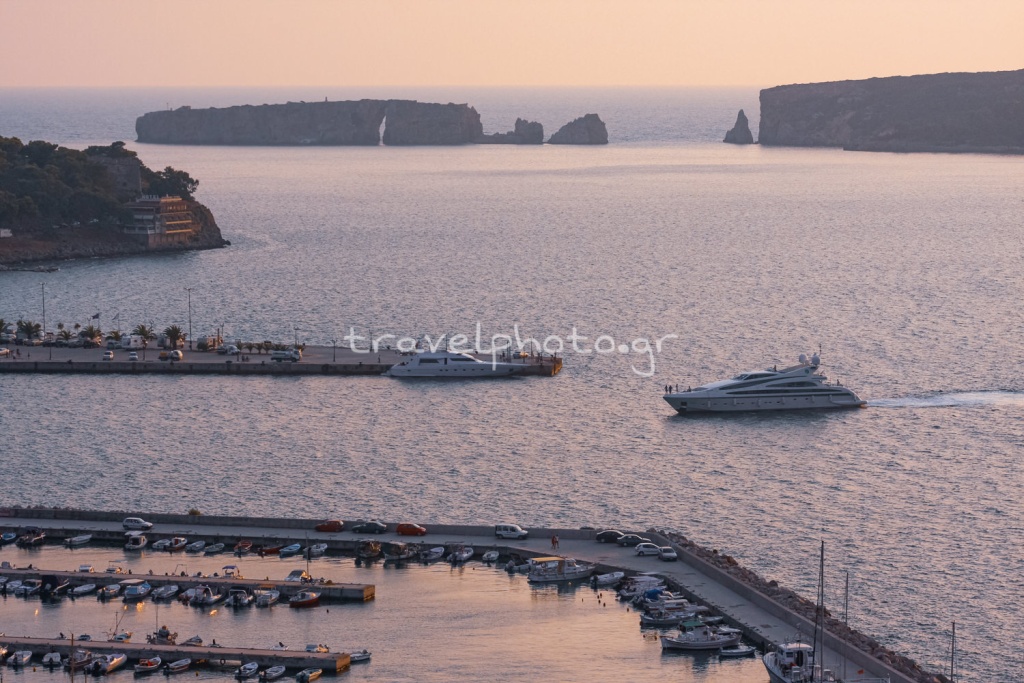
England, France and Russia sent ships to the region in order to put pressure on the Sultan to implement the Treaty of London, which provided for the partial independence of the Greeks, something the Ottoman Empire had categorically rejected.
On 20 October 1827, the Battle of Navarino (the last naval battle ever fought with sailing ships) began, which ended in a debacle for the Sultan’s fleet, which suffered huge losses in terms of both manpower and ships, in contrast to the Allied forces whose losses were negligible.
Sightseeing in Pylos
In various parts of Pylos you will find scattered monuments to the naval battle of Navarino. It is worth visiting the Antonopouleio Museum with exhibits from various historical periods, the house of the Olympic champion Kostis Tsiklitiras on the coastal road of Pylos and of course Neokastro.
Of course, the most important attractions are the natural beauty of the bay of Navarino and the surrounding area, starting from the hill on which Paleokastro is located with its stunning panoramic view, the uniquely beautiful beach of Voidokilia (see photos), the lagoon of Yalova (a very important wetland for migratory birds) and Divadari beach (more information in our article on Voidokilia beach).
If you have the time and appetite for a dip in pedestals and frozen running waters under waterfalls, it is worth visiting the unique natural beauty of the area at Polylimnio (photos and access information in the relevant article)
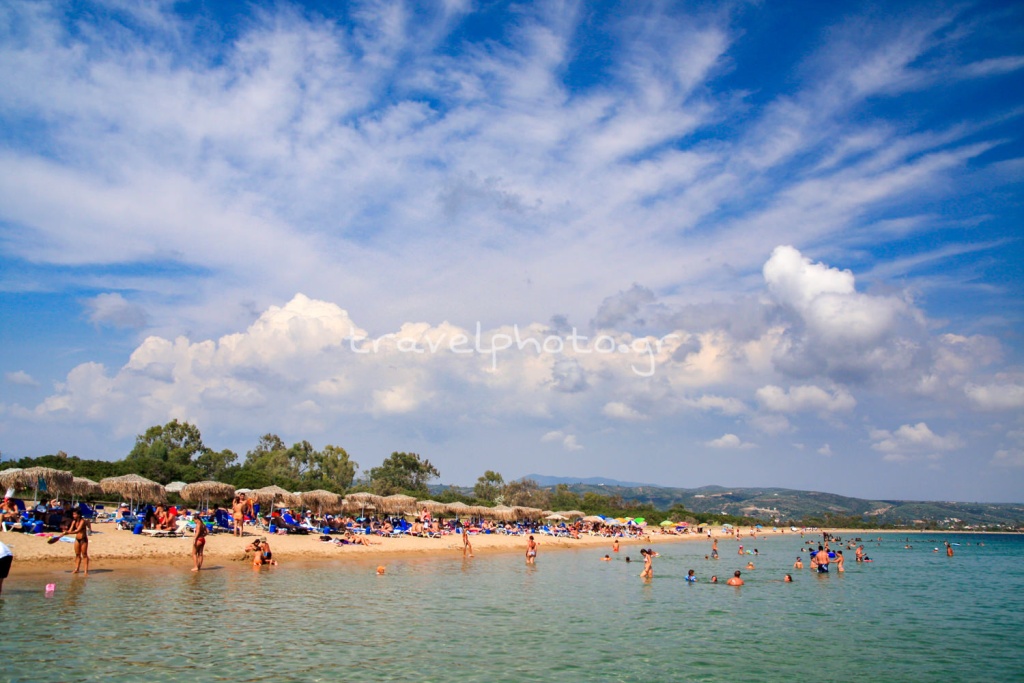
Very close to Pylos you will find the beautiful Methoni (see the map for information and distance), the Finikounda with its long beaches and a few kilometres further away the medieval Koroni with its impressive castle, the site of which is worth visiting and walking around.
Accommodation in Pylos
At Pylos you will find some hotels and several rentals rooms for your stay. But because it has become quite a popular destination in recent years it would be advisable to look early on for the your stay in Pylos.
Photos from Pylos, the beaches and Paleokastro
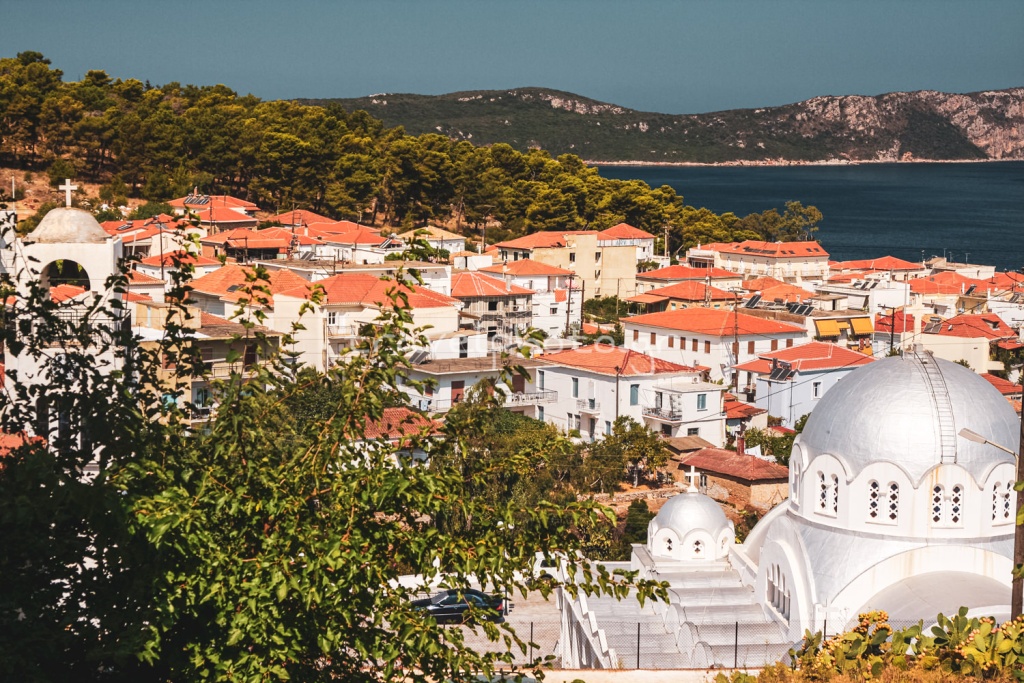
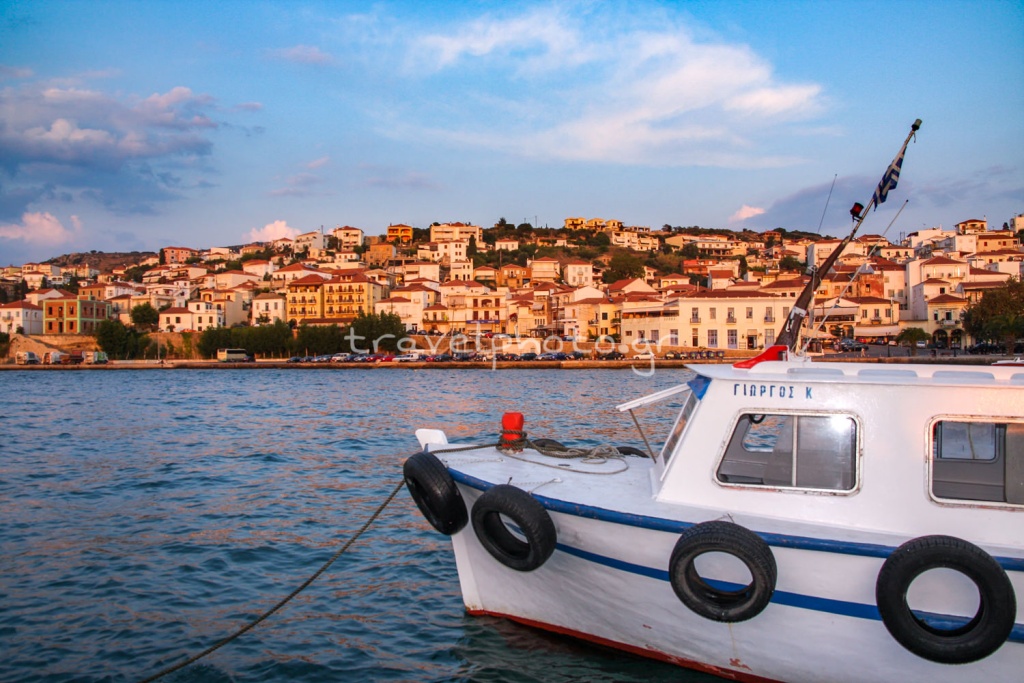
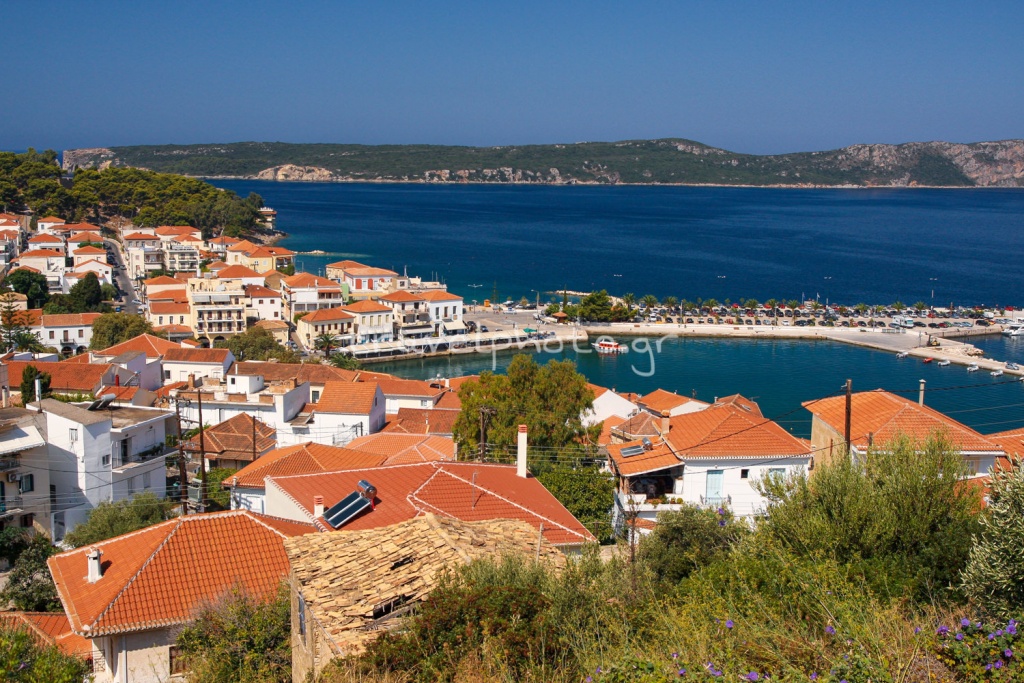

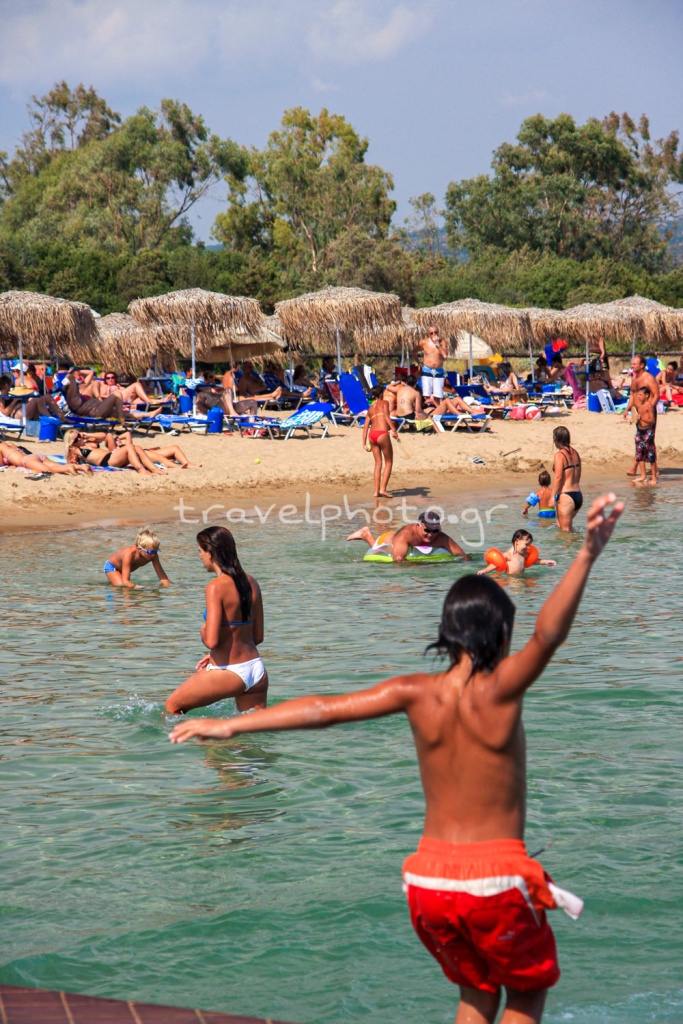



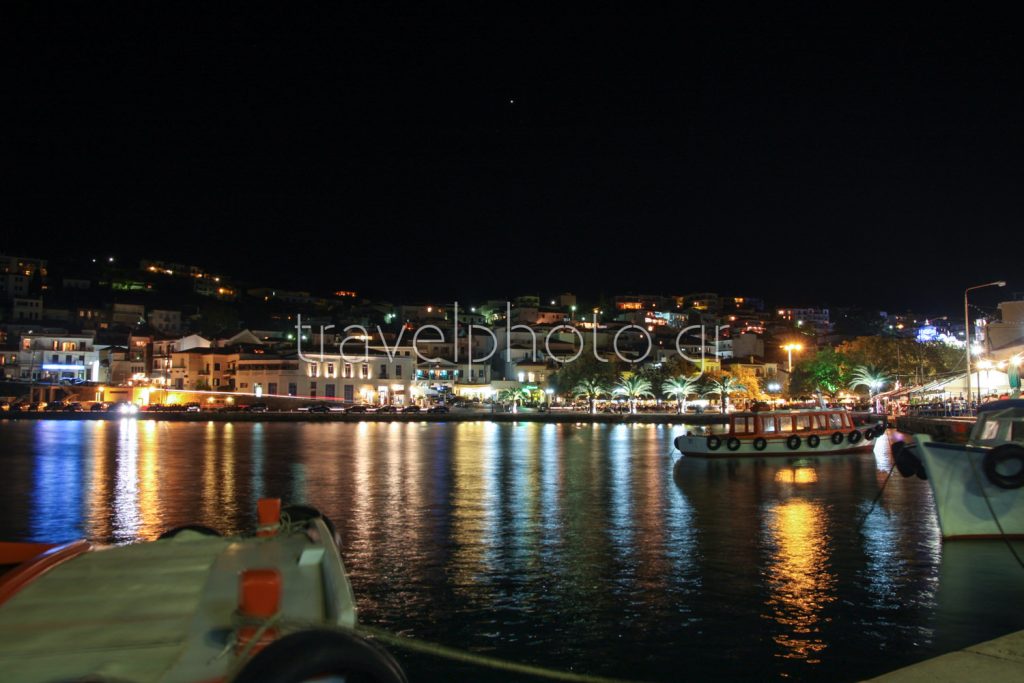
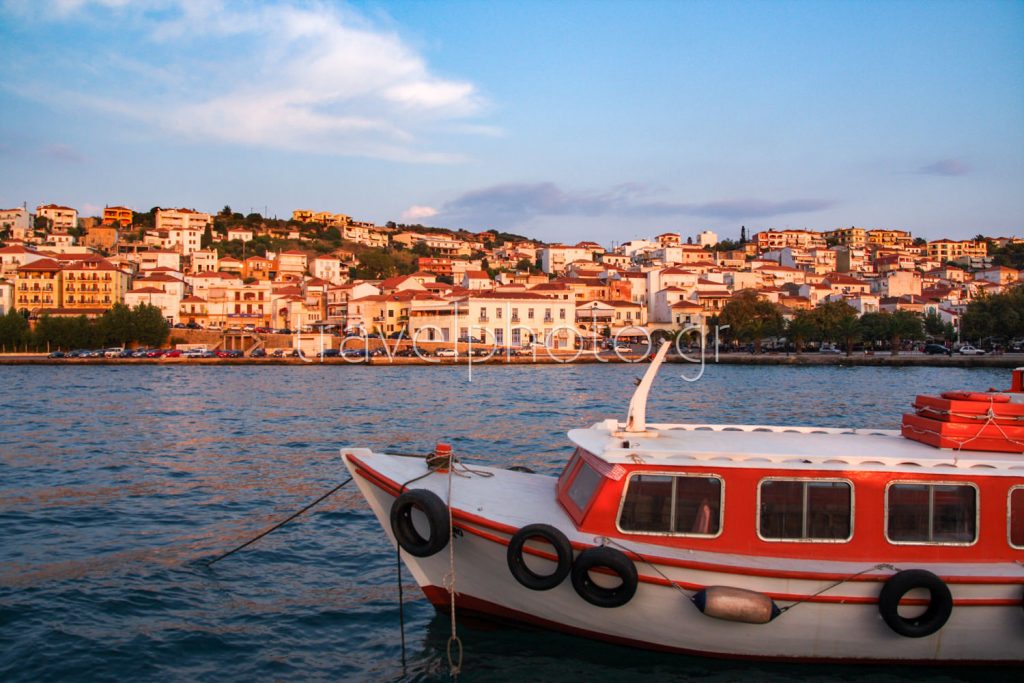
Don’t forget to see or visit in Messinia
Some of the most important destinations in this beautiful prefecture of the Peloponnese that you should not miss:
- The famous and unique beach of Voidokilia
- The gorge of Neda
- The beach and the seaside settlement of Finikounda
- Methoni and its famous castle with Bourtzi
- The picturesque Koroni
- The unique natural beauty of Polilimnio
- Stoupa and its beach Panagia
- And of course the most cosmopolitan Pylos
Worth visiting from Pylos
Διαβάστε και δείτε φωτογραφιές από το πανέμορφο Πολυλίμνιο
Greece
Διαβάστε περισσότερα και δείτε φωτογραφίες από τη Μεθώνη
Διαβάστε περισσότερα και δείτε φωτογραφίες από τη Φοινικούντα
Φωτογραφίες από τη Κορώνη
Φωτογραφίες από τη παραλία Βοϊδοκοιλιά

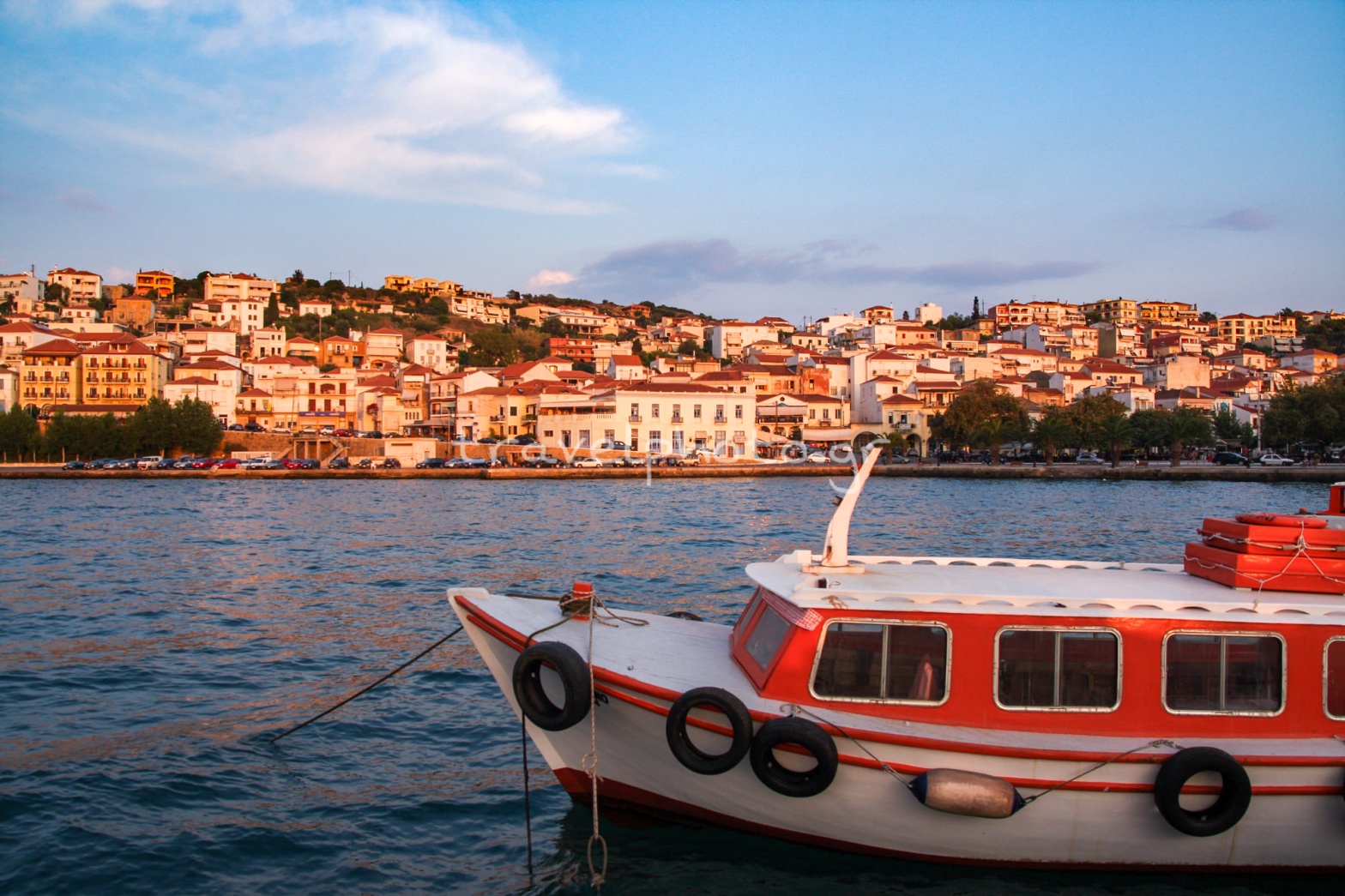
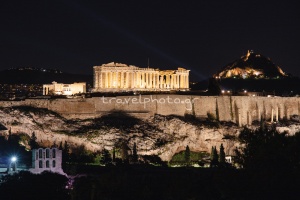
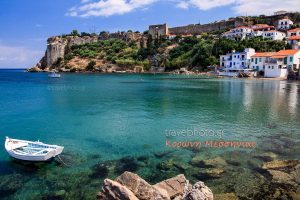
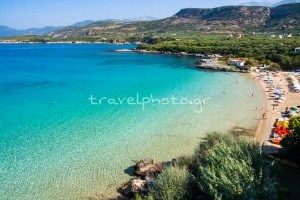

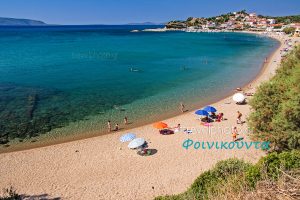
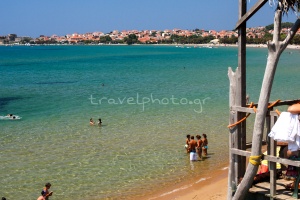
Leave a Reply